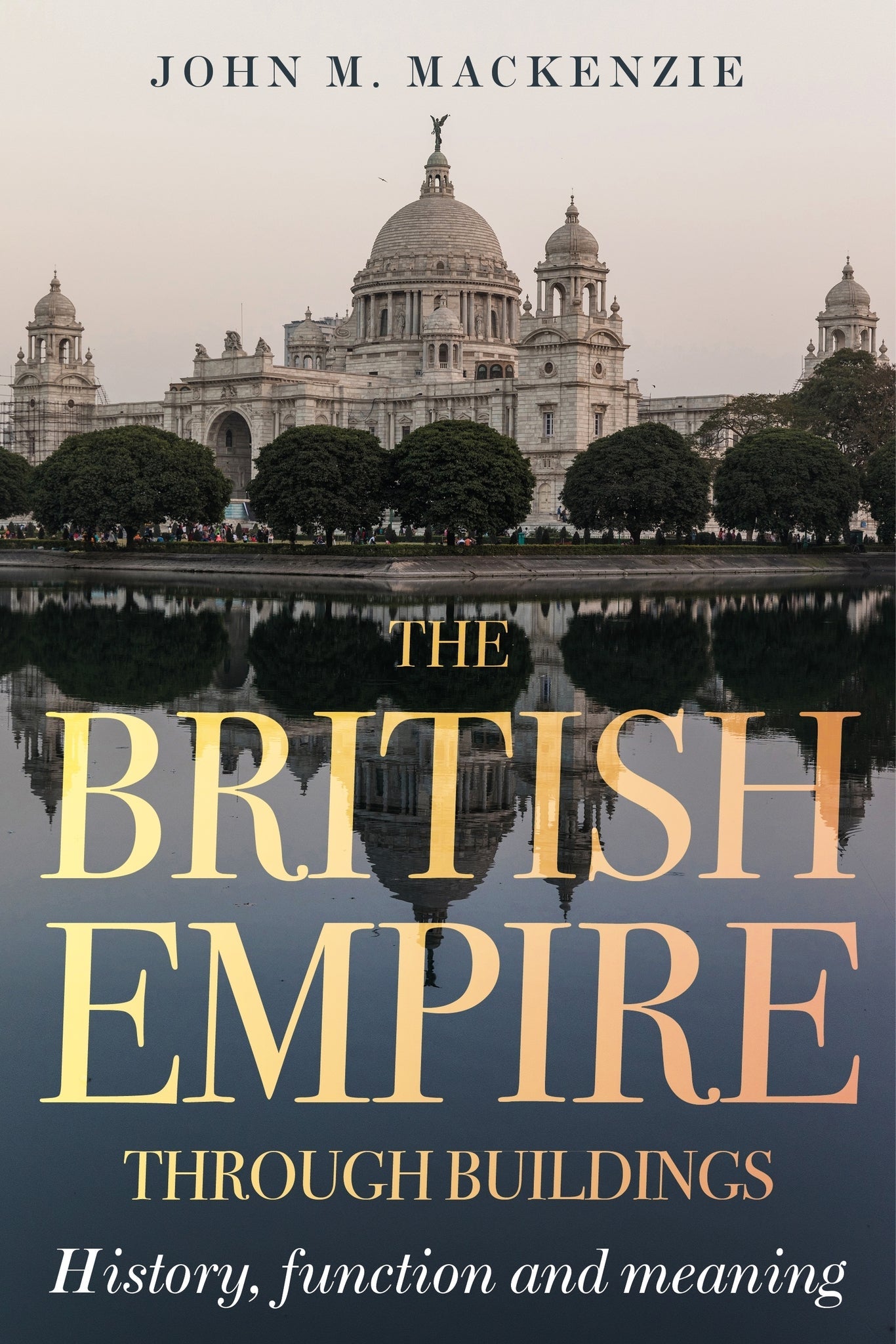We're sorry. An error has occurred
Please cancel or retry.
The British Empire through buildings

Some error occured while loading the Quick View. Please close the Quick View and try reloading the page.
Couldn't load pickup availability
- Format:
-
29 August 2023


HISTORY / Social History, HISTORY / Historical Geography, ARCHITECTURE / Regional, Colonialism and imperialism, Architecture: public, commercial and industrial buildings

Introduction
1. Construction and Destruction
2. Militarisation, Mobility and Residences of Power
3. Cities, Towns, Civic Buildings and Hill Stations
4. Institutions of the Bourgeois Public Sphere and New Technologies
5. The Buildings of Ritual: Religion and Freemasonry
6. Domestic Residences and City Improvement
7. Colonial Cities: Malta, Rangoon and New Capitals
Conclusion
Select Bibliography
Index



